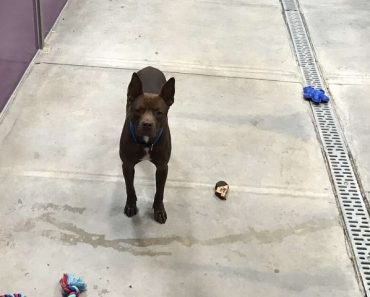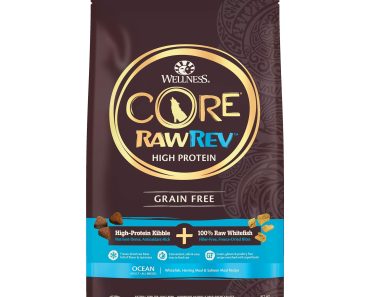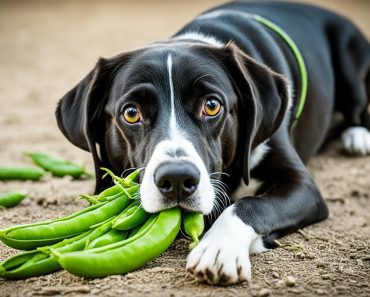Hey there, fellow dog lovers! Today, I want to talk about snap peas and our furry friends. Have you ever wondered: can dogs eat snap peas? Is it safe? Well, wonder no more because I’ve got all the answers for you.
First things first, let me assure you that snap peas are not only safe but also packed with nutrients that can benefit our canine companions. They are crunchy and a tasty vegetable that can make a healthy addition to your dog’s diet.
Now, before you start feeding snap peas to your pup, it’s always a good idea to consult with a veterinarian. They know your dog’s specific dietary needs and can provide guidance on incorporating snap peas into their meals.
So, what makes snap peas so dog-friendly? These little green pods are loaded with vitamins A, K, and B, as well as minerals like iron, zinc, potassium, and magnesium. They also contain protein, dietary fiber, and an antioxidant called lutein. These nutrients can contribute to your dog’s overall health and well-being.
Can Dogs Eat Snap Peas? Yes, they can.
- Snap peas are safe and nutritious for dogs to eat.
- They are packed with vitamins, minerals, protein, dietary fiber, and antioxidants.
- Consult with a veterinarian before introducing snap peas to your dog’s diet.
- Consider your dog’s size and any existing health conditions before feeding snap peas.
- Avoid canned peas and feed snap peas in moderation to prevent digestive issues.
The Nutritional Benefits of Snap Peas for Dogs
Snap peas offer an array of nutritional benefits for dogs. They are rich in essential vitamins, minerals, protein, dietary fiber, and antioxidants that contribute to their overall health and well-being.
Vitamins for Dogs
When dogs consume snap peas, they gain important vitamins such as vitamin A, which promotes healthy vision and supports the immune system. Vitamin K plays a crucial role in blood clotting, while B vitamins aid in energy production and brain function.
Minerals for Dogs
Snap peas contain minerals that are essential for various bodily functions in dogs. Iron helps transport oxygen throughout the body, zinc supports the immune system, potassium regulates heart health, and magnesium assists with nerve and muscle function.
Protein and Dietary Fiber for Dogs
In addition to vitamins and minerals, snap peas offer a good amount of protein and dietary fiber. Protein is important for muscle development and repair, while dietary fiber aids in healthy digestion and can reduce the risk of constipation.
Antioxidants for Dogs
The antioxidant lutein, found in snap peas, promotes eye health by protecting against free radicals that can damage cells. It also supports heart health and maintains a healthy skin and coat in dogs.
Overall, incorporating snap peas into your dog’s diet can provide them with a range of essential nutrients that contribute to their overall health and vitality. However, it is important to remember that snap peas should be given in moderation and as part of a balanced diet.
How to Safely Feed Snap Peas to Your Dog
Feeding snap peas to your dog can be a healthy and enjoyable experience, but it’s important to do so safely. Here are a few things to consider when incorporating snap peas into your furry friend’s diet:
1. Size Matters: Consider Your Dog’s Size
While snap peas are generally safe for dogs, their pods can be difficult for smaller dogs to digest. If you have a small dog, it’s best to either chop the snap peas into small pieces or lightly cook them to make them easier to eat and digest.
2. Kidney Issues: Pay Attention to Purines
Dogs with kidney issues should avoid consuming snap peas. Snap peas contain purines, a compound that can lead to kidney problems in dogs. If your dog has any pre-existing kidney issues or is prone to developing them, it’s best to consult with your veterinarian before including snap peas in their diet.
3. Say No to Canned Peas
While fresh or frozen snap peas are safe for dogs, canned peas should be avoided. Canned peas often contain added preservatives and have a high sodium content, which can be harmful to dogs. Stick to fresh or frozen snap peas to ensure the health and safety of your furry companion.
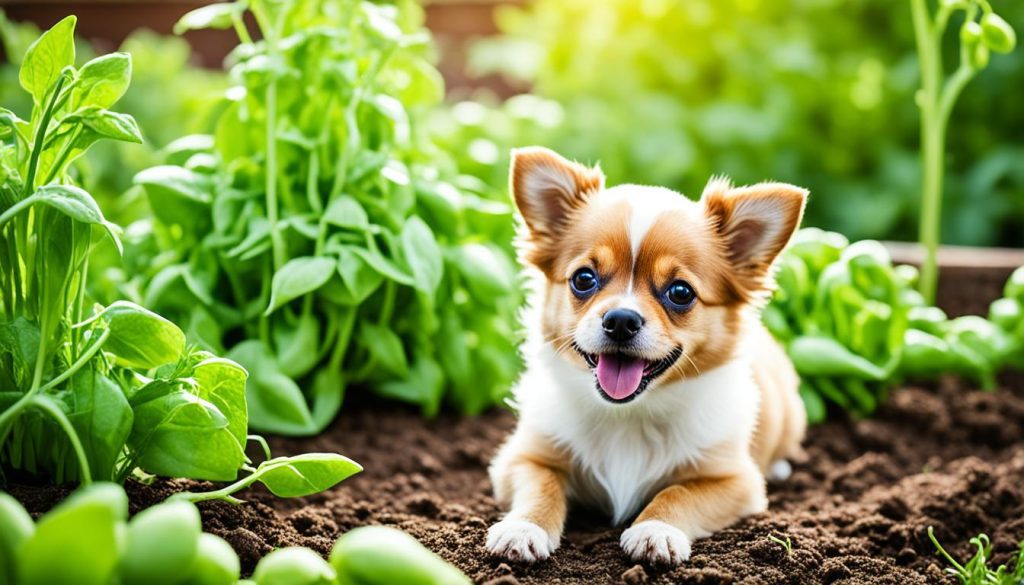
Can Dogs Eat Frozen Peas?
Dogs can safely eat frozen peas, but there are a few things to keep in mind. It is important to cook or thaw the frozen peas before feeding them to your dog. This is because frozen peas can be difficult for dogs to chew and digest. By cooking or thawing them, you make them softer and easier for your furry friend to enjoy.
However, it is crucial to avoid feeding canned peas to dogs. Canned peas often contain added preservatives and high levels of sodium, which can be harmful to dogs. It’s always best to opt for fresh or frozen peas instead.
When incorporating frozen peas into your dog’s diet, remember that moderation is key. While peas are a healthy snack option for dogs, feeding them in excess can lead to digestive issues such as diarrhea or upset stomach. It’s important to provide your dog with a balanced diet that includes a variety of foods.
Furthermore, it’s worth noting that recent research suggests that legumes like peas may not be beneficial for a dog’s heart health. While frozen peas can be a part of a healthy dog diet, it’s essential to consult with your veterinarian to determine the best options for your furry companion.
Frozen Peas: A Safe and Nutritious Addition
Frozen peas can offer nutritional benefits to dogs. They are a good source of vitamins, including vitamin A, vitamin C, and vitamin K. Peas also contain minerals such as potassium and iron. Additionally, frozen peas can provide dogs with dietary fiber, which aids in digestion and promotes gut health.
When it comes to feeding frozen peas to dogs, consider adding them as a topping or mixing them into your dog’s regular food. You can also offer them as a treat during training sessions. Just be sure to monitor your dog’s reaction and digestive health after introducing frozen peas into their diet.
Incorporating Snap Peas into Your Dog’s Diet
Adding snap peas to your dog’s diet can provide a healthy and delicious variety to their meals. These crunchy and nutritious vegetables can be prepared in different ways, adding both flavor and nutrients to your dog’s food. Here are some ideas for incorporating snap peas into your dog’s diet:
1. Raw or Cooked
Snap peas can be served raw as a refreshing snack or cooked for a softer texture. When serving raw snap peas to your dog, make sure to remove the strings along the seams as they can be difficult to digest. Cooking snap peas can make them easier to chew, especially for dogs with dental issues. Whether raw or cooked, snap peas offer a satisfying crunch that dogs often enjoy.
2. Toppings or Mix-Ins
You can add snap peas as a topping or mix them into your dog’s regular food to enhance the taste and nutritional value. Simply chop the snap peas into small pieces and sprinkle them over your dog’s meal. Mixing snap peas with your dog’s food is a great way to introduce variety into their diet and add extra vitamins and fiber. Just remember to adjust the portion size accordingly to maintain a balanced diet for your dog.
3. Frozen Fun
If your dog enjoys catching treats, try tossing frozen snap peas for them to catch. Just thaw the snap peas before tossing them, as frozen vegetables can be hard on a dog’s teeth. It can be a fun and interactive way to provide a healthy snack while keeping your dog entertained. Additionally, freezing snap peas can help them retain their nutritional value for longer periods.
As with any new addition to your dog’s diet, it is important to monitor their reaction to snap peas. Some dogs may have allergies or sensitivities to certain foods, so it’s crucial to observe any adverse effects. If you have concerns or specific dietary recommendations, consult with your veterinarian for personalized guidance. Remember, variety is key to keeping your dog’s diet exciting and nutritious!
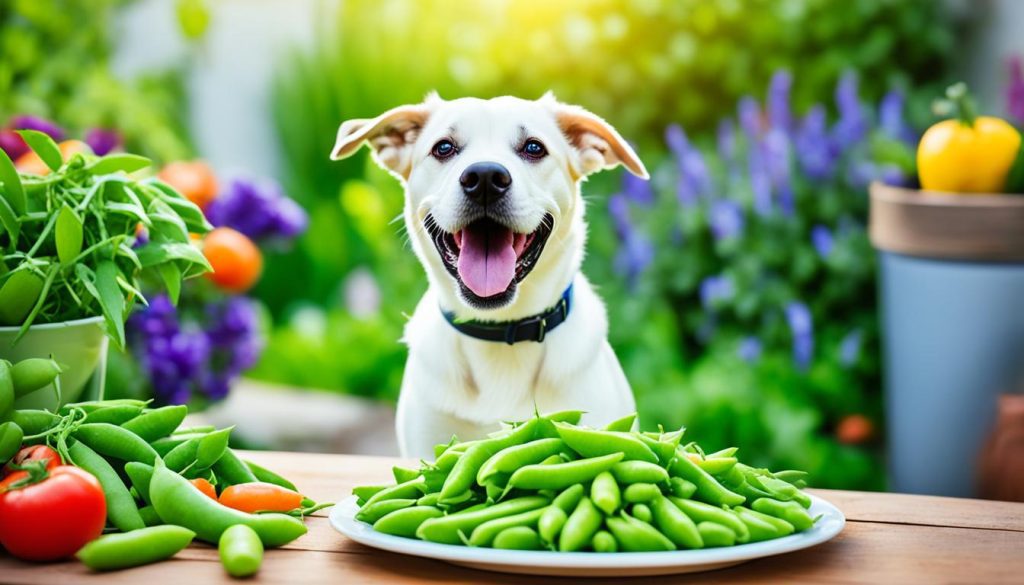
Moderation is Key
While snap peas are safe for dogs to eat, it is important to feed them in moderation. Giving dogs too many snap peas can lead to digestive issues such as diarrhea and vomiting. Dogs have sensitive digestive systems, and sudden changes in their diet can disrupt their gastrointestinal balance. This is why it is always recommended to introduce new foods gradually and in small portions.
Additionally, some dogs may have adverse reactions to snap peas, such as allergies. Just like humans, dogs can develop food allergies or sensitivities to certain ingredients. Common signs of an adverse reaction to snap peas may include itching, skin rashes, or gastrointestinal upset. If your dog exhibits any of these symptoms after consuming snap peas, it is important to consult with a veterinarian to rule out any allergies or other underlying health conditions.
Incorporating snap peas into your dog’s diet should be done under the guidance of a veterinarian. They can provide personalized recommendations based on your dog’s age, breed, size, and overall health. Your veterinarian will consider any existing medical conditions your dog may have, such as kidney issues or gastrointestinal sensitivities, and advise you on whether snap peas are suitable for your furry friend.
Remember, variety is key in a dog’s diet. While snap peas can provide nutritional benefits, they should not be the sole source of vitamins and minerals. It is important to offer a balanced diet that includes a variety of dog-friendly vegetables, proteins, and carbohydrates. Your veterinarian can help you create a well-rounded meal plan that includes appropriate portions of snap peas and other nutritious ingredients.
Conclusion
Incorporating dog-friendly vegetables into your furry friend’s diet is a great way to provide them with healthy snacks and maintain a balanced diet. Snap peas, in particular, offer essential vitamins and minerals, making them a nutritious treat for dogs.
When feeding snap peas to your dog, remember the importance of moderation. While snap peas are safe for canine consumption, excessive amounts can lead to digestive issues. Additionally, it’s crucial to consider your dog’s unique needs and consult with a veterinarian to ensure their diet remains balanced and healthy.
By introducing snap peas and other dog-friendly vegetables into your pet’s routine, you can offer them a delicious and nutritious snack that adds variety to their meals. Just remember to monitor their response, watch for any adverse reactions, and always prioritize the overall well-being of your four-legged companion.


